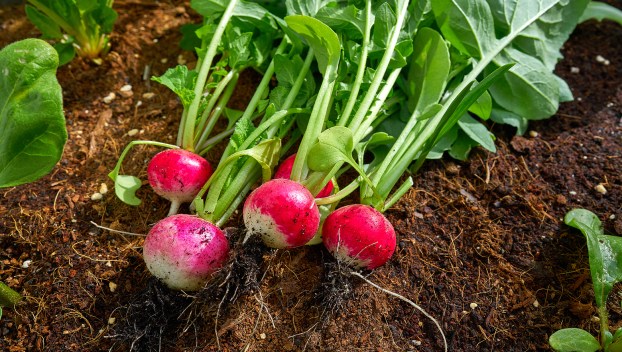
Lifestyles
ONE GARDENER TO ANOTHER: Radishes a root vegetable ideal for beginning gardeners
Cookbooks sometimes give a difficulty rating to their recipes. This is usually due to a technique that is ... Read more

Cookbooks sometimes give a difficulty rating to their recipes. This is usually due to a technique that is ... Read more